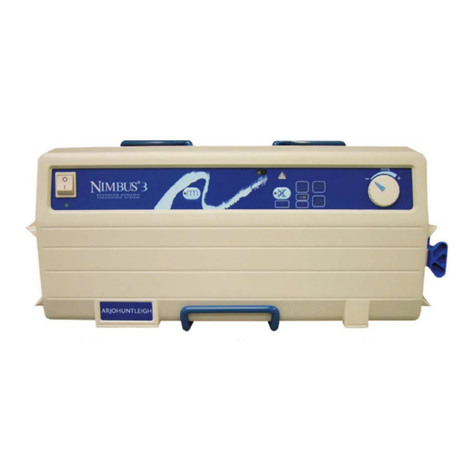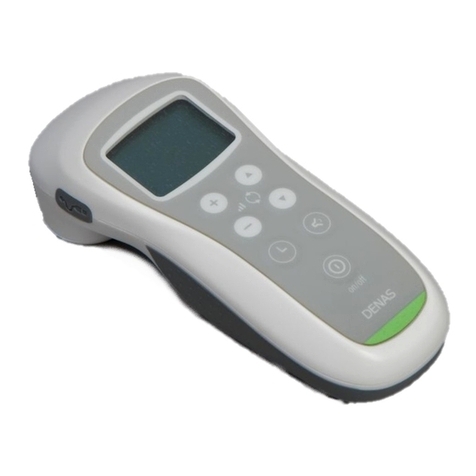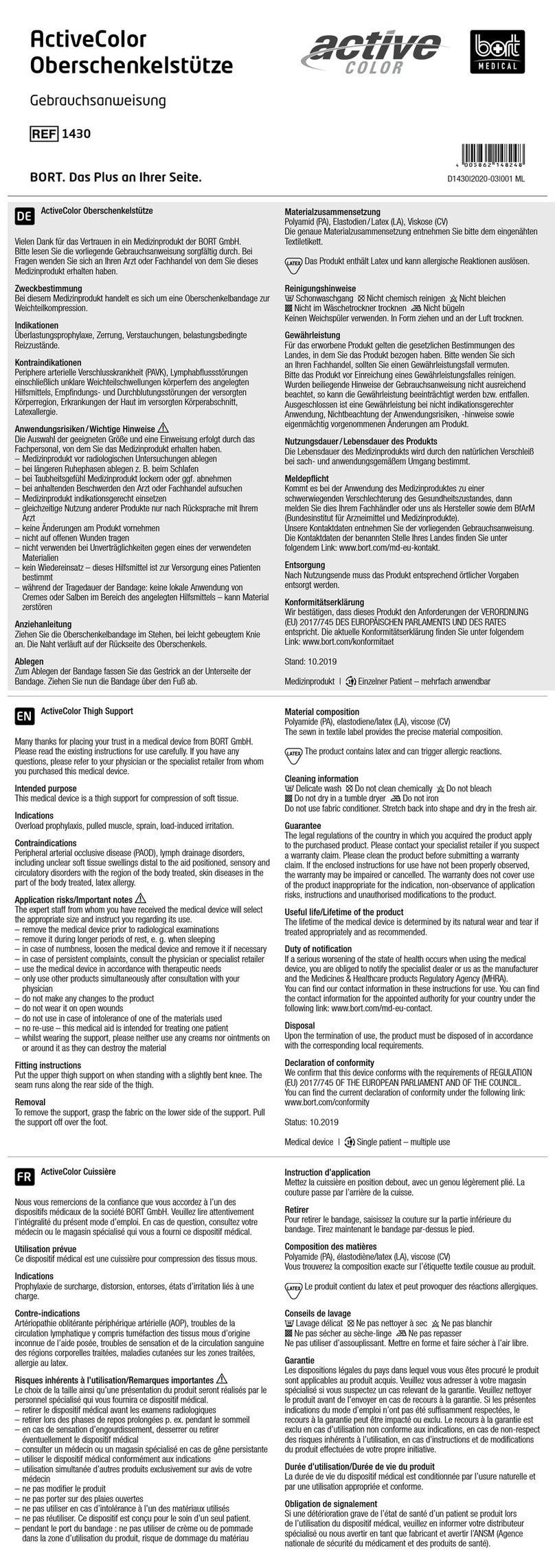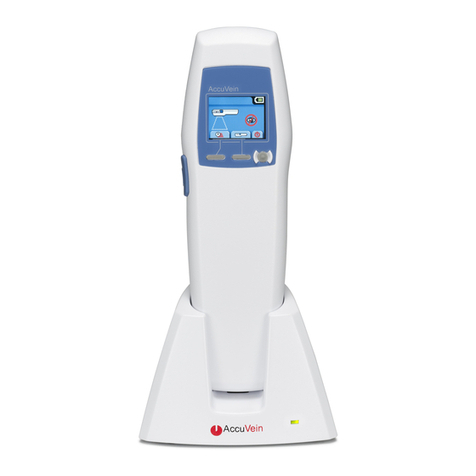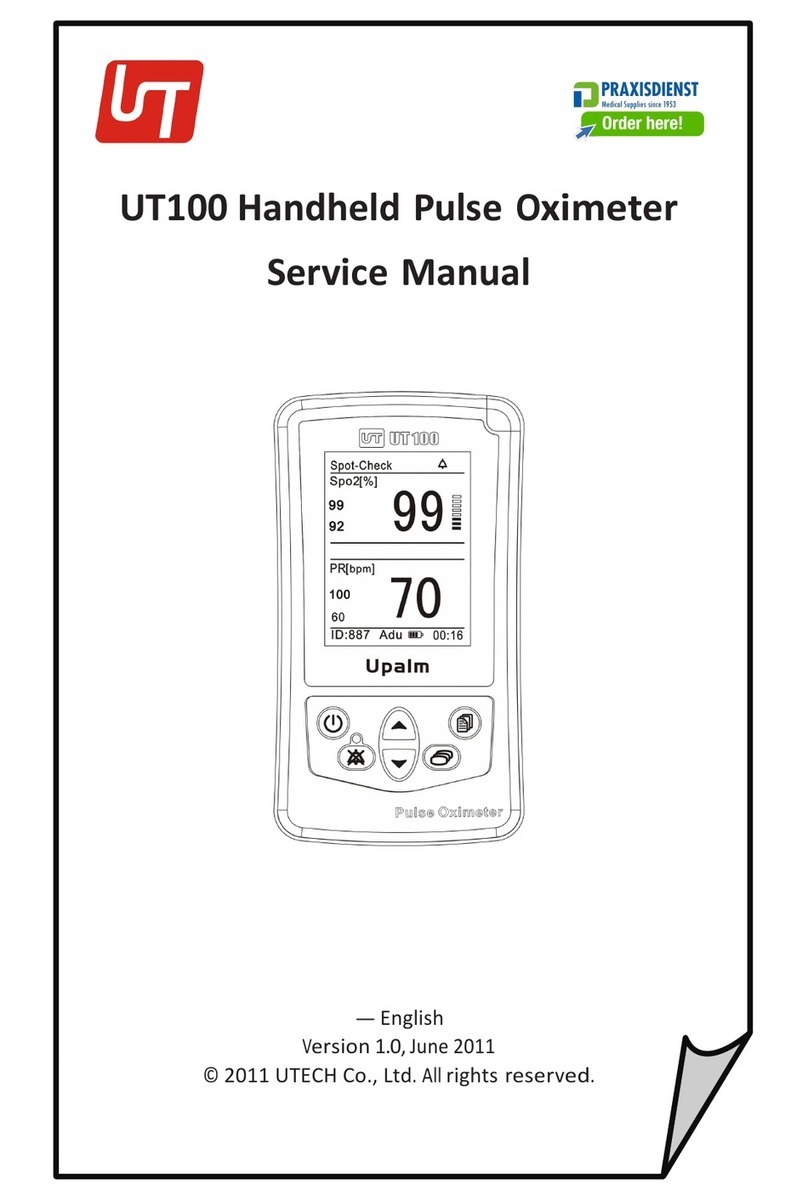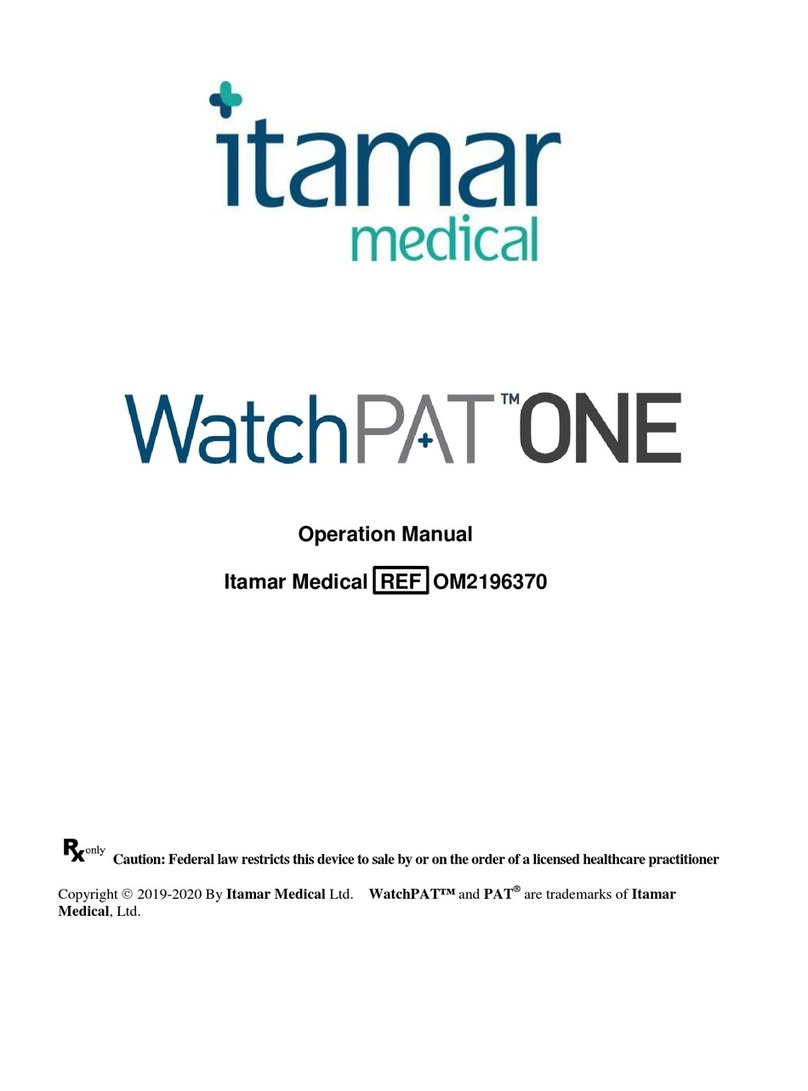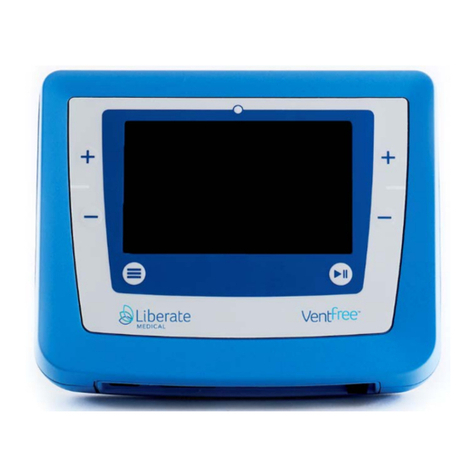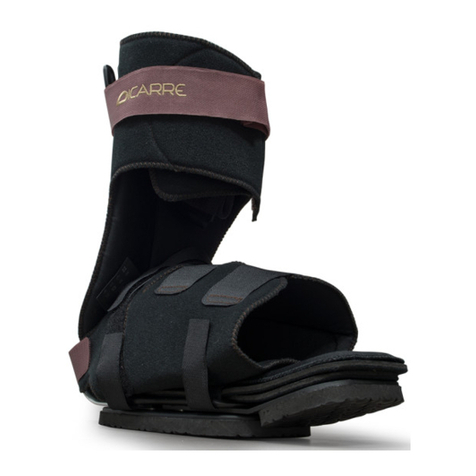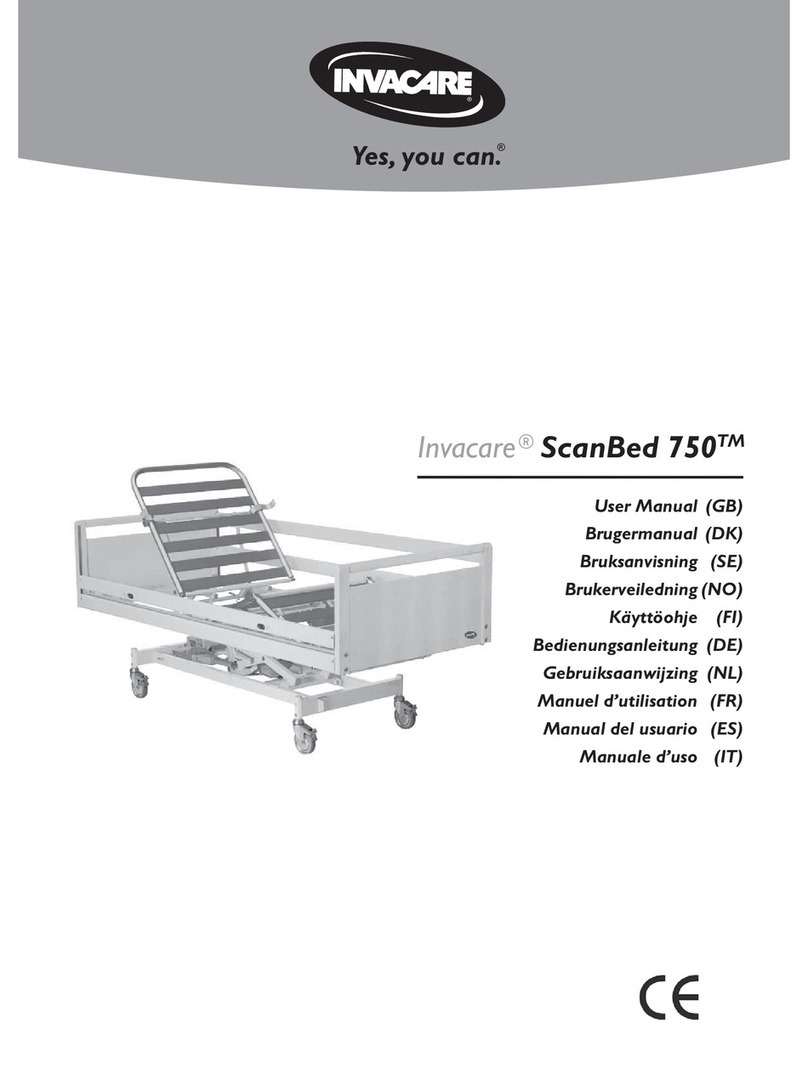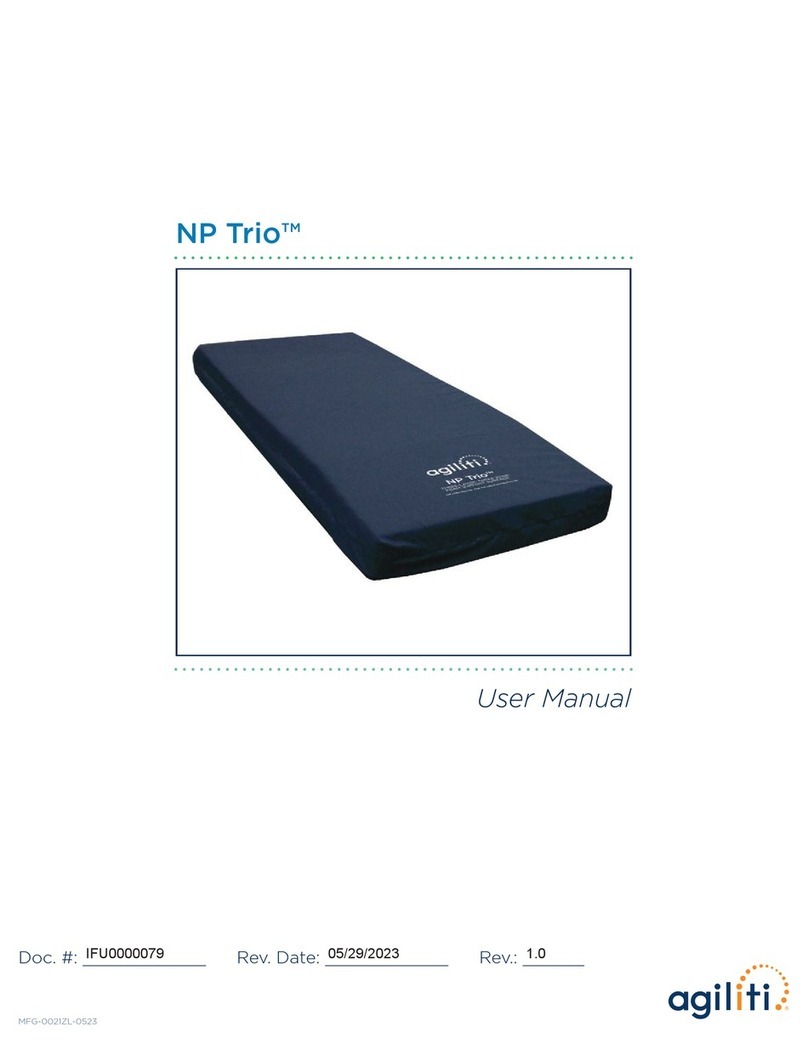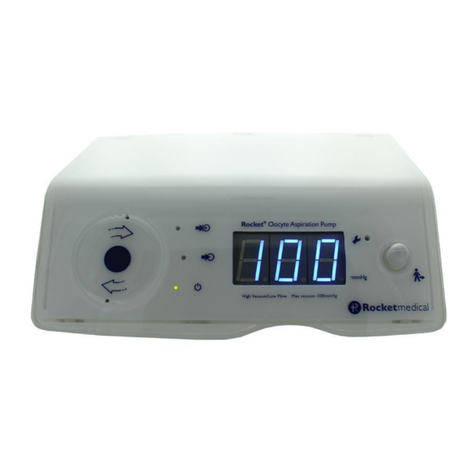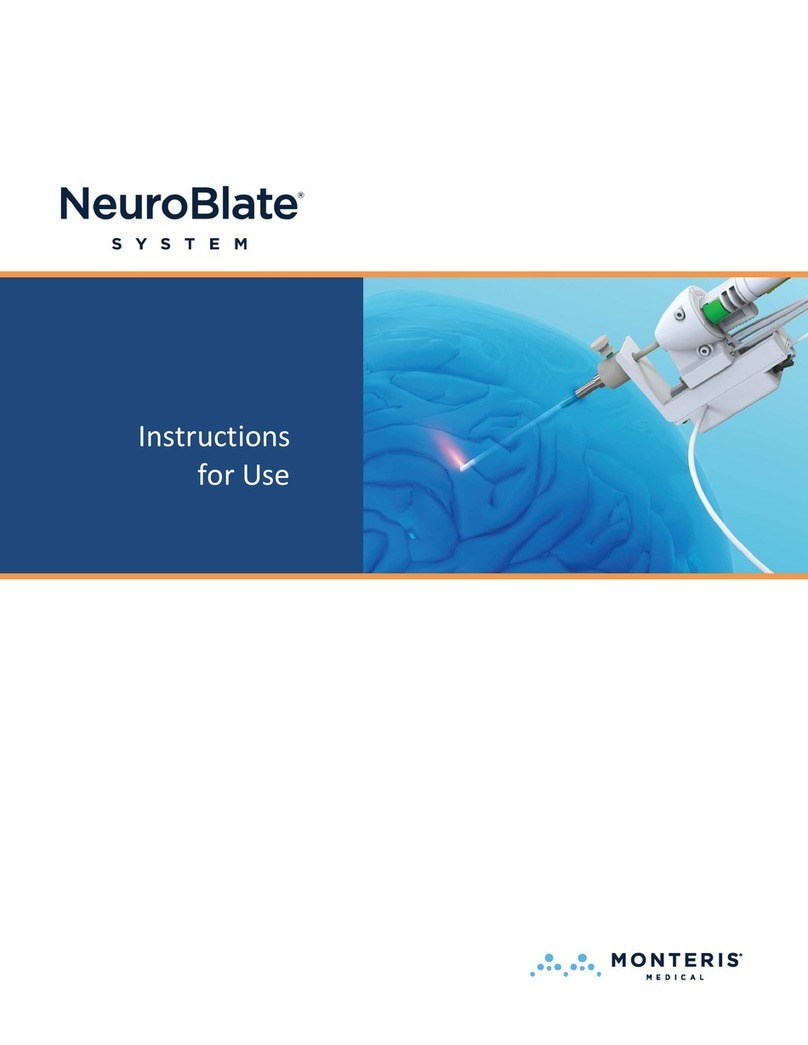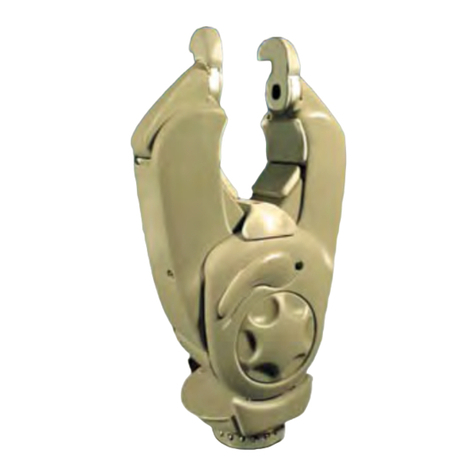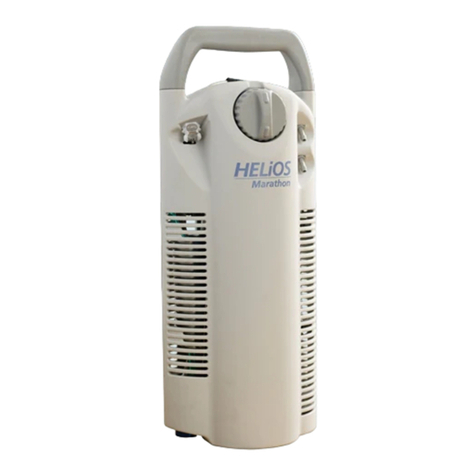
Chapter 1: Introduction
1-4 UT100 Handheld Pulse Oximeter Operation Manual
WARNING! The monitor was not designed or tested to be an apnea
monitor.
WARNING! Optical cross-talk can occur when two or more sensors are
placed in close proximity. It can be eliminated by covering each
site with an opaque material.
WARNING! Tissue damage may result from overexposure to sensor light
during photodynamic therapy with agents such as
verteporphin, porfimer sodium, and
metatetrahydroxyphenylchlorin (mTHPC). Change the sensor
site at least every hour and observe for signs of tissue damage.
More frequent sensor site changes/inspections may be
indicated depending upon the photodynamic agent used, agent
dose, skin condition, total exposure time or other factors. Use
multiple sensor sites.
WARNING! When connecting this monitor to any instrument, verify proper
operation before clinical use. Refer to the instrument’s user
manual for full instructions. Accessory equipment connected to
the monitor’s data interface must be certified according to the
respective IEC standards, i.e., IEC 60950 for data processing
equipment or IEC 601-1 for electromedical equipment. All
combinations of equipment must be in compliance with IEC
601-1-1 systems requirements. Anyone connecting additional
equipment to the signal input port or the signal output port
configures a medical system, and, therefore, is responsible that
the system complies with the requirements of the system
standard IEC 601-1-1.
WARNING! Disconnect the AC power supply from the outlet before
disconnecting it from the monitor. Leaving the AC power
supply connected to an AC power outlet without being
connected to the monitor may result in a safety hazard.
WARNING! Do not allow any moisture to touch the AC power supply
connectors or a safety hazard may result. Ensure that hands
are thoroughly dry before handling the AC power supply.
WARNING! Failure to place the monitor away from the patient may allow
the patient to turn off, reset, or damage the monitor, possibly
resulting in the patient not being monitored.
